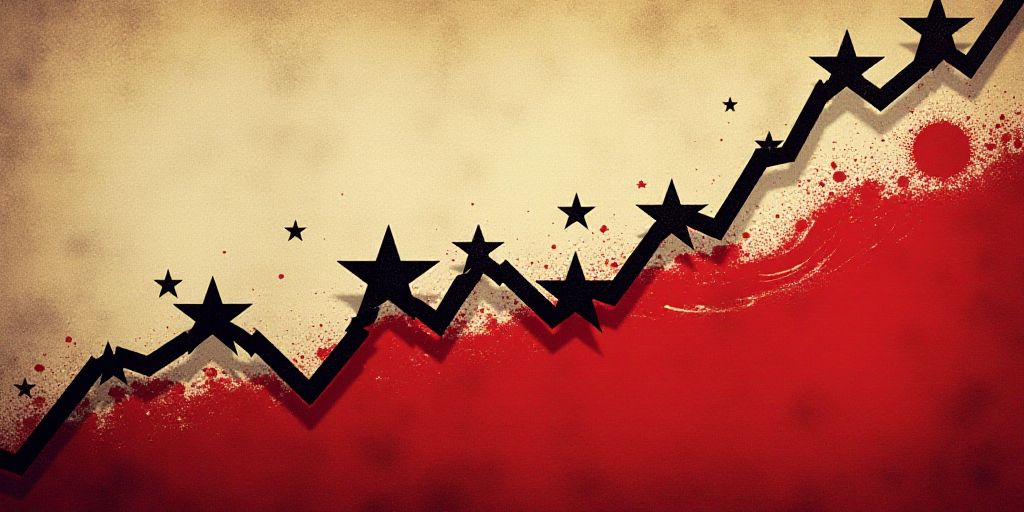Introduction
The inflation rate in the eurozone has finally reached the 2% target set by the European Central Bank (ECB), signaling an end to excessive price increases and redirecting policymakers’ attention towards economic volatility caused by the ongoing trade war.
Inflation Reaches Target
Eurozone Inflation: The inflation rate in the 20 countries that use the euro increased to 2.0% in June, up from 1.9% in the previous month. This aligns with Reuters’ survey expectations among economists, as energy and industrial goods continued to pull prices down, offsetting the rapid rise in service sector inflation.
Underlying Inflation: The underlying inflation rate, which excludes volatile food and energy prices, remained steady at 2.3%, as anticipated.
Monetary Policy Adjustments
In anticipation of this decline, the ECB has lowered interest rates by two percentage points over the past year from record highs. The debate has centered on whether further monetary policy relaxation is needed to prevent inflation from falling too low, given the sluggish economic growth.
The persistently high service sector costs have become crucial, as they raised concerns that national inflation might stagnate above the 2% target.
In the past month, service sector inflation rose from 3.2% to 3.3%, with monthly price increases of 0.7%. This supports the hardline leaders’ argument that local inflation remains uncomfortably high, reducing the risk of it falling below the 2% level.
Market Expectations and Trade War Uncertainty
Financial market investors anticipate another ECB interest rate cut to 1.75% by year-end, followed by a period of stable rates before potential increases towards the end of 2026.
However, these outlooks become complicated due to the uncertain outcome of a trade conflict between the EU and US President Donald Trump’s administration.
So far, the trade dispute has reduced price pressures by undermining economic confidence, increasing the euro’s value, and lowering energy prices.
The eurozone economy is barely growing, with an annual expansion projected below 1%, while the industry struggles following several years of recession, with weak private consumption and low investment.
Should US trade barriers persist, the EU might retaliate, leading to inflationary effects. Businesses would then adjust their value chains, adding to production cost increases.
Economists warn that, considering the costs of the green transition and an aging workforce, prices might face more sustained upward pressure.
Key Questions and Answers
- What is the current inflation rate in the eurozone? The inflation rate has reached 2.0% in June, meeting the ECB’s 2% target.
- What factors contributed to the rise in eurozone inflation? The increase was driven by persistently high service sector costs, offsetting declining energy and industrial goods prices.
- How has the trade war affected eurozone inflation? The trade conflict has temporarily reduced price pressures by dampening economic confidence, strengthening the euro, and lowering energy prices.
- What are market expectations for ECB interest rates? Financial investors anticipate another rate cut to 1.75% by year-end, followed by stable rates before potential increases towards the end of 2026.
- What challenges does the eurozone economy face? The eurozone economy is barely growing, with weak private consumption and low investment, while the industry struggles following several years of recession.
- How might the ongoing trade conflict impact eurozone inflation in the future? Should US trade barriers persist, EU retaliation could lead to inflationary effects through increased production costs and value chain adjustments.






